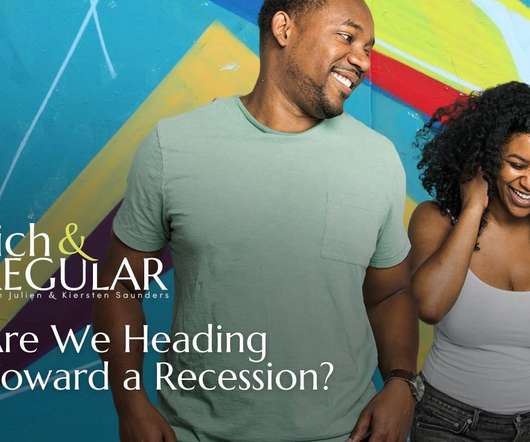7 Apps to Teach Kids About Money
Success
FEBRUARY 19, 2022
The days of working hard to earn a buck aren’t exactly gone, but the personal finance landscape is certainly more complicated now than it was a few decades ago. Budgeting and building credit are only the beginning—you also have student loans, mortgage rates and maybe even cryptocurrency and non-fungible tokens (NFTs). Toshl Finance.












Let's personalize your content